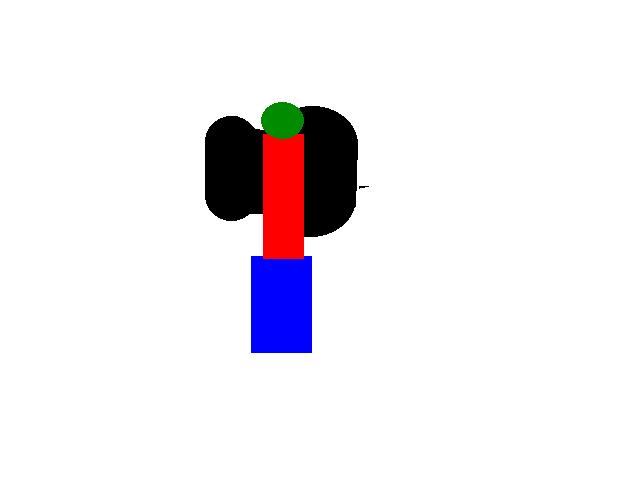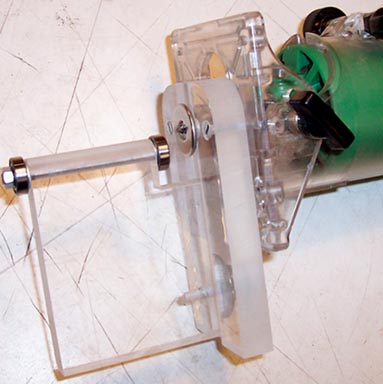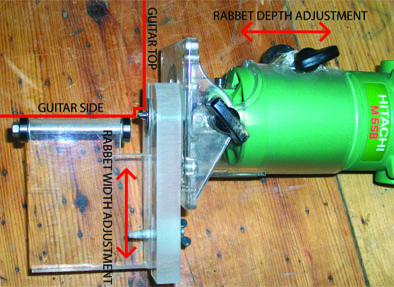[QUOTE=RussellR] I was looking at Dons Jig in the Jig section, and I am puzzled.
What is a Lazy Susan ?
[/QUOTE]
Somethin you DON'T want to accuse my wife of being

It's a pieec of hardware that you attach to the bottom of a (usually) round piece of wood that is placed on your kitchen table,(for condiments etc.) that enables it to rotate for easy access for everyone at the table.
It's a spinny dealy thingy.




